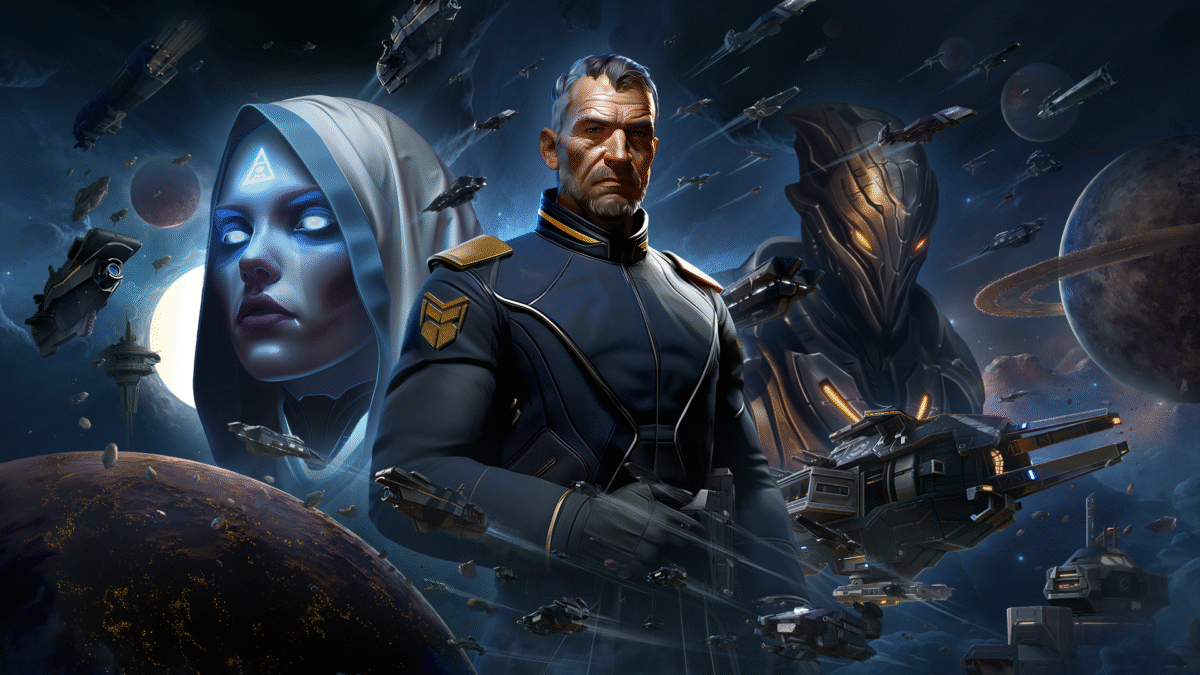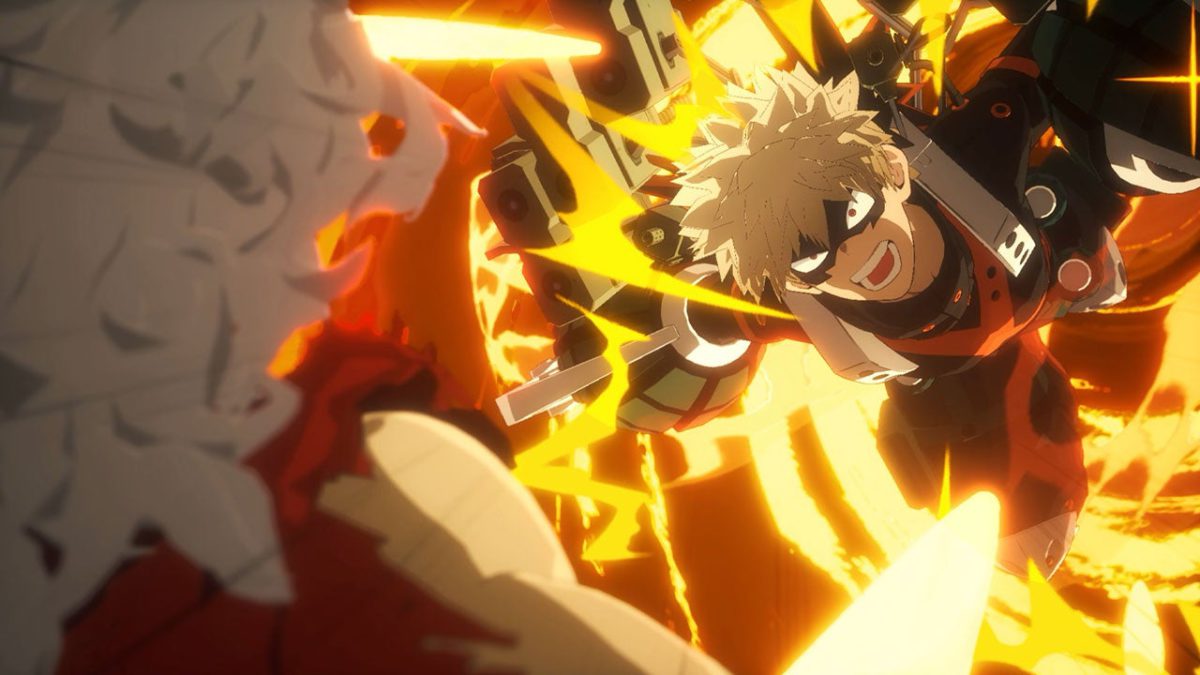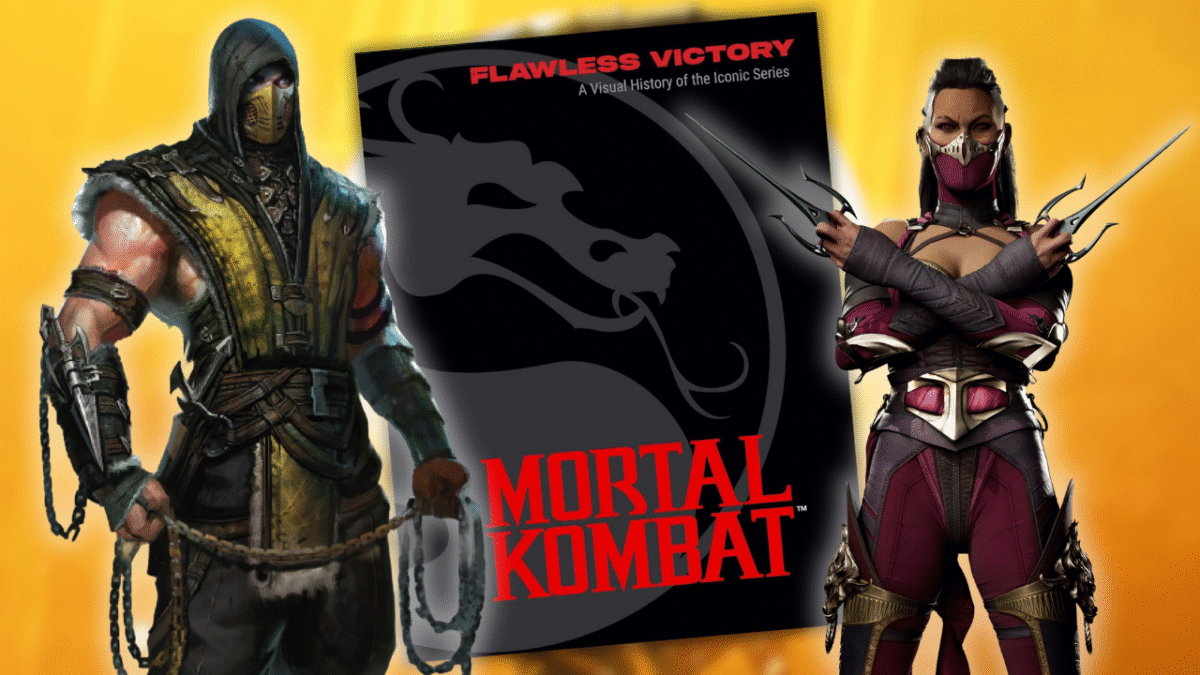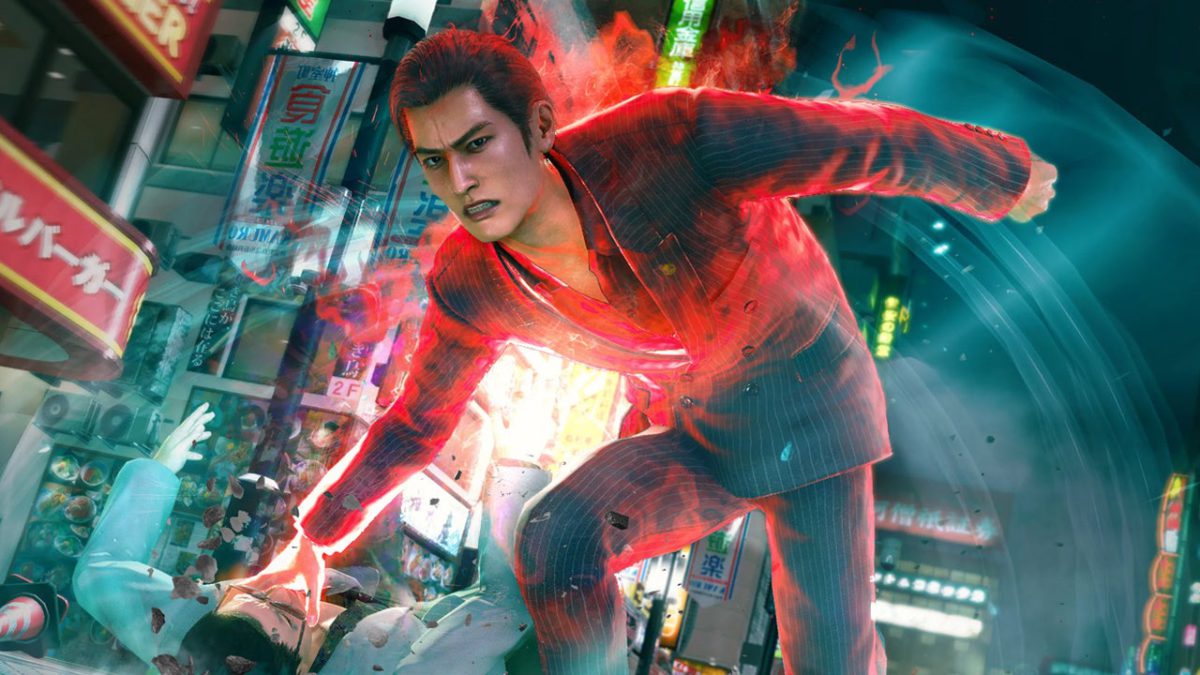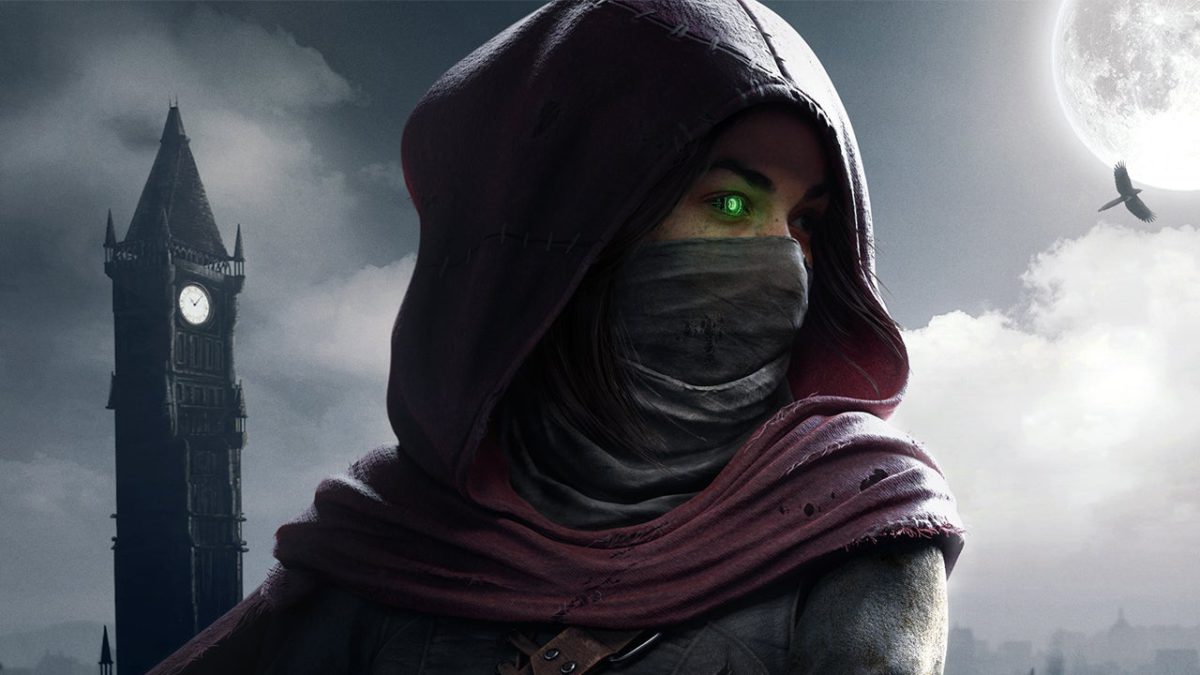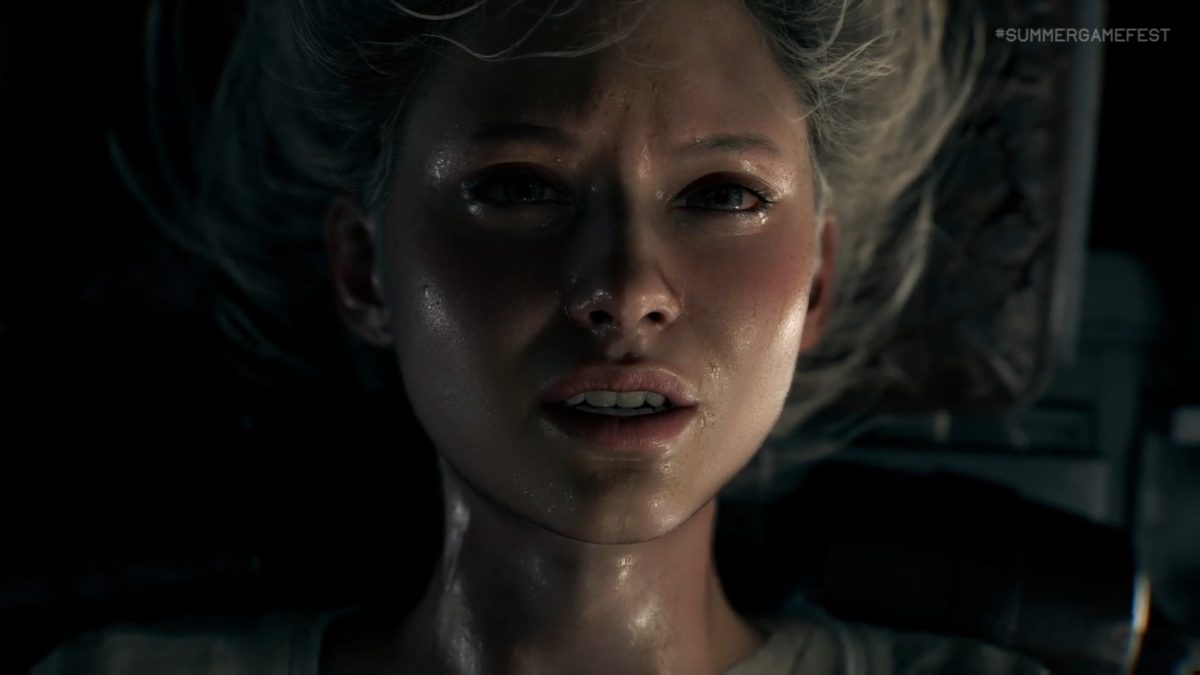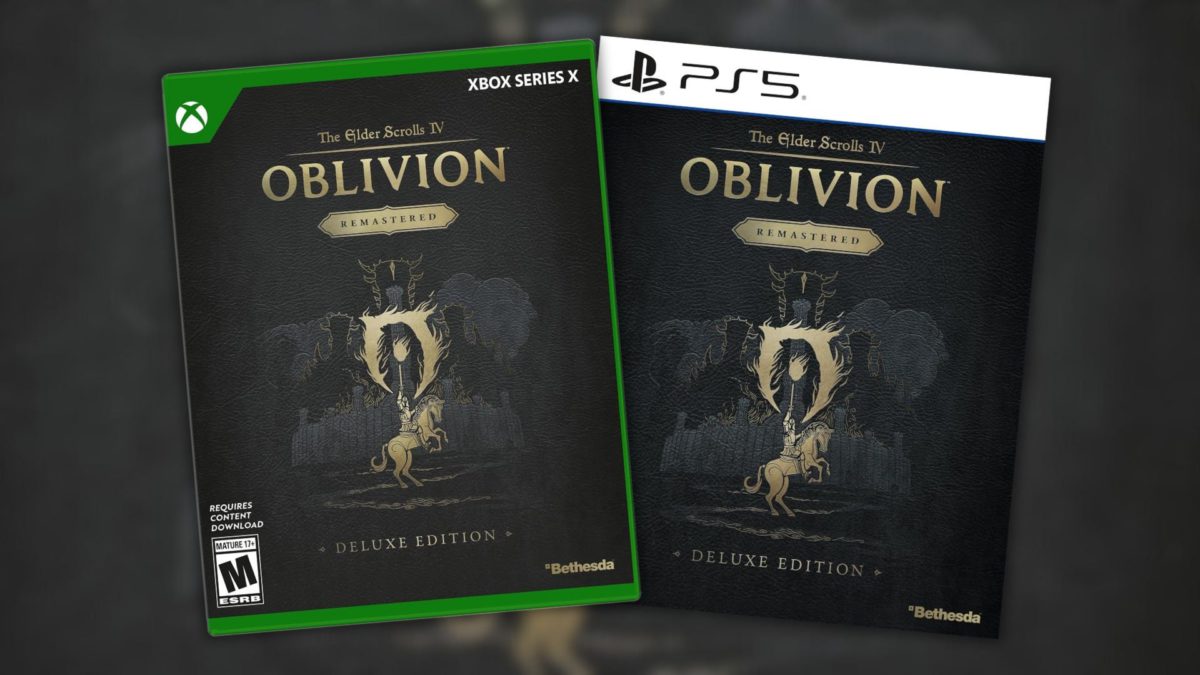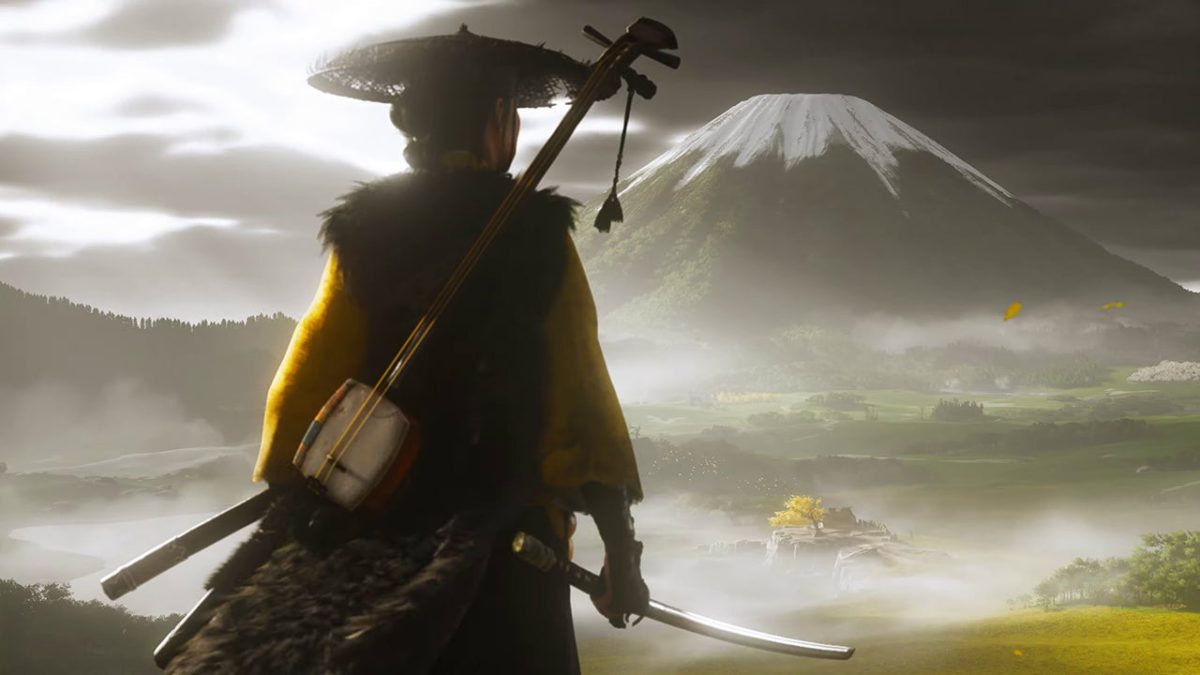
As a life-long lover of sci-fi battle scenes, it is always a joy to order a fleet of dozens of starships of all shapes and sizes to hyper-jump to a neighboring planet, then zoom in and watch as they burst into existence on the other side, bearing down on the entrenched enemy as they scramble fighters and bring their guns to bear. It’s something we’ve seen play out many times in Star Trek, Star Wars, Battlestar Galactica, and more, though few games let you control warfare between interstellar powers on the scale of Sins of a Solar Empire 2. It often takes hours of slow and steady management across layers of intimidatingly complex grand strategy systems to build up to those major confrontations, but the payoff is spectacular.
The important thing to know going in is that while this is a bewilderingly complicated real-time strategy/4X hybrid that lets you zoom from a view of an entire solar system down to an individual spaceship in a fleet of hundreds, you do not need to know everything about it to have a good time with it, or even win. I should know – after a few dozen hours playing largely against Unfair (the setting above hard) AI opponents, mostly in four-way free-for-alls, I’ve won more than I’ve lost even though I still have a lot to learn about the many, many differences both large and subtle between the six playable factions and how their fleets, structures, and upgrades interact. Unless you’re in this to mostly play at a high level against human opponents who’ve optimized their build orders and mastered the mechanics, once you get your head around the basics of building your economy, research, and fleet management, I’ve found that you can lean into the aspects that you enjoy most and all but ignore things you aren’t interested in, and still enjoy building your empire and crushing enemies.
Fundamentally, all six of Sins 2’s playable factions operate in a fairly similar way in that they all colonize planets, extract resources, build orbital structures for research and production, and have similar lineups of corvettes, frigates, cruisers, and capital ships, but beyond that their differences are significant and complex as hell. The two human TEC factions both generate money in part by setting up networks of trading outposts, but they come with different upgrades and bonuses that makes Enclave better suited for a defensive playstyle and Primacy more aggressive – among them, the Novalith Cannon superweapon that can bombard planets from across the solar system and the ability to earn money by sending in raiders. The Vasari Alliance, meanwhile, have no use for the TEC’s money at all and are focused on diplomacy with minor factions that let them periodically call in favors like reinforcements or upgrades, while their Exodus counterparts are the only faction that can completely destroy planets as they strip them for resources. The Advent Reborn and Wrath are big on resurrecting destroyed ships and mind-controlling enemies, respectively. All of that is a gross oversimplification, of course, but in the interest of avoiding turning this review into a mirror of the massive guides to each faction on the official site, rest assured that they’re pretty distinct. The list of unique technologies and items they all have access to means there’s a lot of replayability here just from trying out each one.
If you played the classic 2008 Sins of a Solar Empire (or its half-step sequel Rebellion) Sins 2 may seem a bit unambitious when you first begin – at least, after you’ve stopped gawking at how much better and shinier all the ships look in an updated game engine that can handle cool things like all the rotating, target-tracking turrets you could ask for. It really does look spectacular when major battles are joined and the lasers and missiles start flying, but it takes a while to get to that point. The early hours of Sins 2 play very similarly to its 17-year-old predecessor: the routine of starting from a single world, exploring the map around you with automated scouts, and racing to colonize every planet and asteroid you can clear of local defenses with your chosen starting flagship and small fleet (as you research the technologies required to inhabit each planet type) is for the most part indistinguishable.
The main new wrinkle is presented by an exotic materials system that limits how quickly you can ramp up high-powered military assets like capital ships and starbases, but later on this becomes kind of irrelevant. At first they’re hard to come by, and you have to either unearth random ones from planets and asteroids you colonize or destroy enemy capital ships and salvage them – and because most major ships and starbases require a specific material, you may have to improvise with what’s available rather than go with your favorite ships out of the gate, which adds some variety from game to game. Eventually, though, you can research the ability to build refineries that slowly produce exotics out of the standard resources of metal and crystal you’ve extracted, and then you can build whatever you like – it’ll even auto-research the technologies and then produce the materials if you have the resources available, so all exotics really do after that point is add to build times.
When you reach the midgame, Sins 2 really starts showing off what makes it different from the original by layering on so many different systems that I had to play multiple, hours-long games before I came close to engaging with them all. Even having gone through an in-depth series of tutorials (there’s no traditional RTS story campaign in which to learn the ropes) and after over more than 40 hours of practice, it’s an overwhelming amount of things to keep track of: two parallel research trees with multiple paths, numerous planetary upgrades, buildable items you can equip on your individual capital ships and worlds, simple diplomacy with both player-controlled factions and independent worlds, culture expansion, resource management, pirate raids, other faction-specific mechanics like trade routes and castable powers, and unique Titan superships, among others. With the default settings, planets will even slowly orbit the sun in the center of the map at different rates, which sounds interesting but can be annoying if you forget to check the movement preview for a while and suddenly one of your worlds has drifted to the middle of enemy territory and is cut off from reinforcements. (It is, however, very funny when this happens to someone else.)
For that matter, everything in Sins 2 appears to be moving slowly when you’re watching a fleet glide across a planet’s gravity well before jumping to the next or a progress bar for research or construction fill up, but it’s deceptive in that there’s virtually always something you can be doing to improve your empire. Once you figure out which menus to peruse to manage equipment on individual planets, capital ships, and starbases, view and expand available build slots on your planets, search for which of the dozens of technologies to research next, keep tabs on your economy growth, and more, it can feel like things are moving too quickly to do all of that and build fleets to send on lengthy journeys to where they’re needed to defend or attack. It’s workable because the tools for organizing fleets are simple and mostly intuitive, with improvements such as letting you build reinforcements directly from a fleet’s menu instead of seeking out a shipyard, but I’m still glad that I’m allowed to pause time (in single-player) to figure things out.
It’s also a good thing that you don’t really have to micromanage your ships in combat if you don’t want to. You’ll certainly get more out of your battleships if you’re zooming in to manually do things like send out swarms of nanites to do damage over time, restore allies’ shields, or launch a massive missile salvo at a particularly bothersome enemy ship, but they’ll also auto-cast those abilities for you by default (as long as you’ve taken the time to choose which ones to unlock when a ship levels up). Similarly, precise positioning certainly matters because you can do things like keep your vulnerable ships outside the firing range of a starbase or stationary defensive turrets, and it’s always wise to try to save your experienced capital ships to fight another day by withdrawing from a fight before they’re destroyed (you’ll get frequent notifications when their shields are down or their hull is crippled, so it’s hard to miss those opportunities).
But those maneuvers matter most when you’re fighting an equally matched opponent, and the key to victory is to never do that if you don’t have to: wars are won on a logistical level by making sure your fleet is well supplied and fully upgraded, and has a good composition of light frigates and heavy cruisers along with speedy fighters, corvettes, and long-range support craft all backing up your capital ships. All the micromanagement in the world can only take you so far when you’re outnumbered two to one because your enemy had more shipyards and a more powerful economy.
Granted, part of the reason I’ve been able to win most of my games without making full use of every tool at my disposal is because the rival empires’ AI tends to drop the ball in the late game. I’ve played multiple matches where enemy fleets would gang up on me by attacking on two fronts simultaneously and push me back to my core worlds, but then they’d back off while I still held enough territory to be able to rebuild my fleet. Eventually I was able to regroup and then steamroll them, even though they beat me to building the massive Titan warships at the very top of each faction’s tech tree.
It’s entirely possible that in these cases my opponents were too busy fighting each other to deal with me while I rebuilt my fleets, but the fact that neither took the time to deliver a killing blow to my home world and seize my territory when they had the chance seemed a little silly. Until that point, though, the AI puts up a good fight, with lots of opportunities for skirmishes and trading blows around border worlds.
In theory, Sins of a Solar Empire 2 works best as a multiplayer game because humans would have no such trouble going for the jugular. However, in practice I’ve never been able to actually finish a multiplayer game because of how long and involved they are. Even a “small” game of Sins 2 with two players on one of the pre-built or randomly generated maps is sprawling, involving dozens of planets and other heavenly bodies to fight over, which can take hours against an opponent who knows better than to leave his homeworld undefended; a large one can actually have multiple solar systems you can jump between and up to 10 players, so it’s quite a commitment for a group to see one through. To its credit, Sins 2 does allow for players to easily jump in and out, with AI taking over control of a faction until a human returns to pick up the reins again so you won’t be left unfulfilled if your opponents have other obligations to attend to.
All of this is before you get to the modding scene, which is busily churning out conversions that let you add Star Destroyers, Battlestars, and Romulan Warbirds (among many others) to the mix using the built-in mod manager. If the original Sins of a Solar Empire is anything to go by, that community will keep giving us new fan-pleasing toys to play with for a very long time – maybe even decades – to come.

